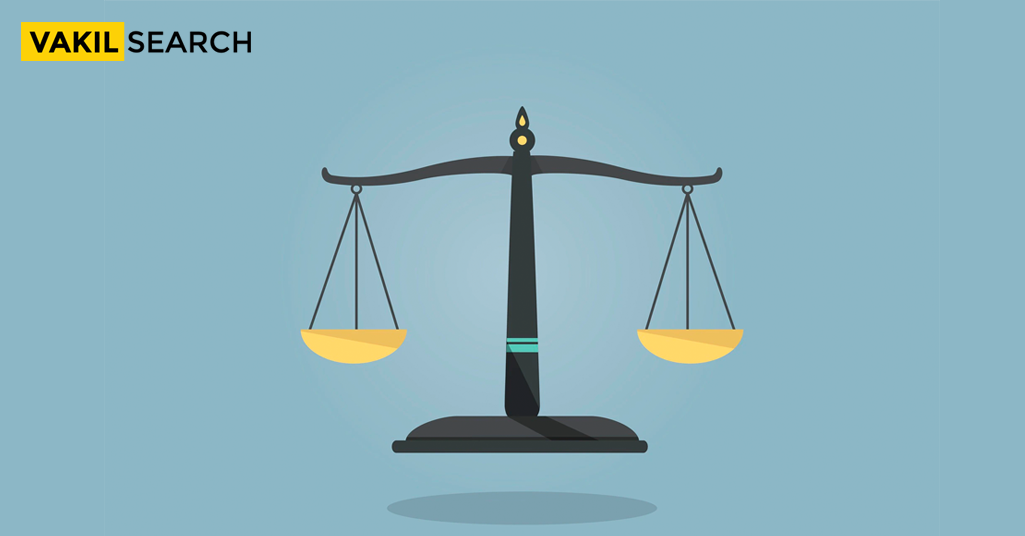A bad debts cannot be repaid and has no value to the creditor. Usually, bankruptcy is the result of the debtor filing for bankruptcy. Read this blog to know more.
A provision for bad debts is a reserve created to represent the projected portion of all bad and questionable debts that must be written off in the upcoming year. Because it is recorded as a provision in the company’s profit & loss account, it is simply a loss.
When the expense of collecting exceeds the debt’s amount, bad debts could also result. The organisation should be permitted to deduct the debt as an expense on its tax return as soon as it becomes bad.
Bad Debts – Definition
A deduction is permitted if corporate and professional debt becomes unrecoverable in the preceding fiscal year. A deduction might be permitted if the loans provided by banks or money lending institutions cannot fully or partially recover the debts.
The presence of debts that are completely unrecoverable under the law or by the courts determines whether an individual is eligible for a deduction. Before any relief of bad debts is given, the requirements outlined in the Income Tax Act of 1961, Section 36(2), must be met. The circumstances are:
- The debt or loan must be for the assessee’s trade or profession and must relate to the pertinent accounting year. Any debt unrelated to the assessee’s profession or business is not eligible for a deduction
- It has been established in the case of “Girdhari Lal Gian-Chand vs C.I.T (1917) 79 T.R 561 (Allahabad)” that if a debt owed by retiring partners is unrecoverable, the assessee cannot write it off and claim a deduction because it represents a capital loss
- Only those debts taken into account during the present period or any prior fiscal year’s tax return calculation are eligible for a deduction by the assessee. Consideration should be given to the amount loaned in the normal course of business in the credit lending firm
- Any loan, debt, or portion thereof should have been considered bad in the accountancy year when the deduction for bad debts was made
- The assessee shall only be qualified to claim the deduction for debts they have already eliminated from their accounts books in the previous fiscal year for which the reduction is also requested.
What are Doubtful Debts?
Debt that has a questionable recovery is called doubtful debt. As a result, the company may suffer losses due to these debts.
The amounts owed to customers’ accounts are tallied somewhere at the end of the fiscal year, and the likelihood that some of those amounts may never be recovered is estimated. In actuality, the sum whose recovery is unsure cannot be recognised as just a loss on the day the accounting information is created and cannot, thus, be written off. It must, however, be charged to the company’s profit and loss account depending on its prior performance.
A clause entitled Provision for Doubtful Debts is also established to protect against the likely loss. The clause establishes a levy against profit. A specific amount is set aside when we make provisions to cover potential losses if the doubtful debt turns out to be bad.
Bad Debts of Discontinued Business
Bad debts from an already-discontinued firm assessed even before the accounting year began cannot be deducted from the assessee’s earnings from their ongoing operations. According to section 36(2)(iii), if bad debts have been eliminated from the accounts books but are still subject to recovery, A.O. refuses to recognise them as a deduction. Any such debt, or portion of a debt, should be deducted from income in the year it becomes unrecoverable.
Bad Debts Recovered
If a debt was set off as bad in a prior year and the appropriate deduction was also made. Still, the debt was later recovered entirely or in part; the amount thus recovered will be added to income for the fiscal period during which such amount was recovered. Suppose the assessee wrote off a portion of the debt in a prior year, the Assessing Officer approved the deduction, and the debtors later paid back some money. In that case, the money recovered will be considered a regular realisation of debts. The leftover sum will be regarded as bad debts if the amount recovered is not greater than was anticipated.
Provision for Bad and Doubtful Debts
Only banks and financial institutions are permitted to deduct expenses related to arrangements made for bad and dubious loans, according to section 36(1)(viia) of the Income Tax Act of 1961. Any other taxpayer cannot claim the deduction for the provisioning of bad debts.
The following are the restrictions on the deduction that banks and other financial institutions may make:
Bank Type
- Indian Banks
- Foreign Banks
- Public Financial Institution, State Financial Corporation.
Deduction Allowed
- 7.5% of adjusted overall income plus 10% of rural branches’ average total advances
- 5% of total income, adjusted
- 5% of total income, adjustedCalculate each rural branch’s advancements separately
- Calculate the average advances by branch, divided by the number of months outstanding
- Total average advances made by each branch.
Treatment as per Accounting Standard
The provisions that arise in the normal course of business must be recorded according to Accounting Standard 29, “Provisions, Contingent Liabilities and Assets.” The Income Tax Department occasionally disallows the provisions, resulting in a timing discrepancy between the accounting records and the books required by the I.T. Act.
As a result, an assessee must also construct the necessary Deferred Tax Assets and Liabilities. Just the timing mismatch of a transaction that is transient and has the potential to be undone in the future is required for an assessee to have a deferred income tax asset or obligation.
Conclusion
A bad debt is a debt for which there is no hope of Debt recovery; as such, it is correctly recorded as uncollectible. Doubtful debt, on the other hand, is merely an estimate of a figure whose collection is uncertain and may ultimately result in a bad debt. Get in touch with Vakilsearch for any further details regarding the same. Our legal experts will keep no stone unturned to help you.
Also, Read:










